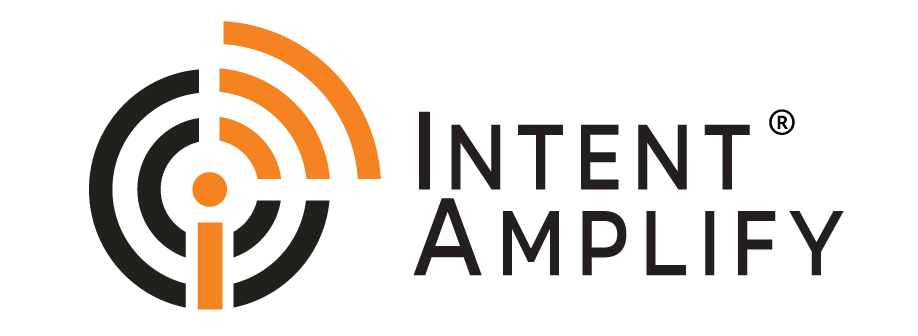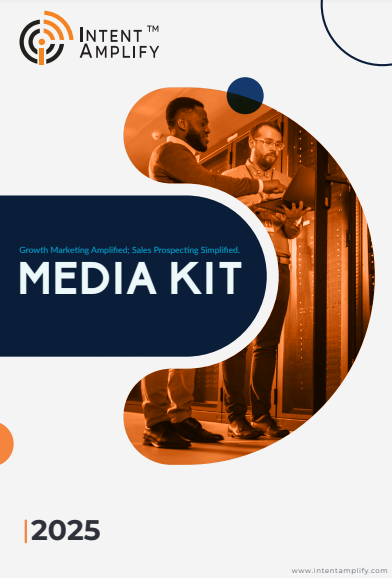
Understanding Demand Generation with Real-Life Examples
- Last updated on: January 22, 2025
Are you aware that most B2B marketing leaders invest 20% of their marketing activity budget on demand gen? And, 38 out of 100 of these marketers are spending more on demand-gen than the previous year. Let’s understand this better with real-life examples of demand generation.
What is Demand Generation?
The demand generation funnel has been an actively pursued marketing b2b demand generation strategy by most B2B companies. Key Demand Generation Examples from Leading Companies. Several companies such as Hubspot, Salesforce, and Netflix have set great demand generation best practices example. It’s interesting to understand how they have implemented demand generation to grow their business. Let us begin our topic with understanding the basics of demand generation.
How Demand Generation Sales Funnel Prepares
So, how do you diagnose a condition when you just won’t get enough demand lead generation in your sales funnel?
One way is to ensure you have created enough information about your brand and product offering – which can be achieved using demand generation. Demand generation focuses not on converting prospects to customers but on building a brand organically. By building awareness and interest in your brand, demand generation completes the prep work for sales and makes it much easier for a brand to sell its offering – especially B2B.
But, how does that happen?
The saas demand generation funnel is more customer-friendly in a way that the prospects seldom have to pay for any information of value. It’s like the free coupons that you get on scratching a card at a mall. The idea is just to introduce the brand so that the subsequent sale becomes convenient.
Take the example of HubSpot
Hubspot is a popular cloud-based software platform that helps businesses with sales, marketing, customer service, and contact relationship management (CRM). They are famous for their vast library of free content, including blog posts, ebooks, and webinars. They even have free certification courses that may not be directly relevant to their offerings. This content educates potential customers about inbound marketing strategies and positions HubSpot as a thought leader. They capture attention and build trust by offering valuable content, generating product demand. This has worked brilliantly for HubSpot to make itself into a very well-known brand.
Consider GoPro.
This action camera company thrives on building an online community of adventure enthusiasts. They actively engage with users on social media, share customer-generated content, and partner with relevant influencers. This demand generation example is about a strategy that fosters a sense of belonging and brand loyalty, generating organic demand for GoPro cameras among their target audience.
Considering the easy access to information online and the number of sellers competing for attention, buyers today spend their time researching before making any purchase. A Gartner study reveals that most B2B buyers (70%) conduct thorough independent research before contacting sales. Additionally, the complexity of recent B2B purchases (77%) has led to increased buyer scrutiny and decision-making.
Intent Amplify enhances the visibility of your high-value B2B content through specialized demand generation tactics. These leverage our powerful B2B content syndication network, utilizing performance-based tactics to generate qualified leads.
Let’s understand how you can create a Demand generation funnel that helps the buyer reach your business:
The funnel typically consists of several stages as given below:
Awareness:
The goal is to create awareness about the product or service. This stage involves reaching out to a broad audience through various marketing channels like social media, content marketing, SEO, paid advertising, webinars, and more. The aim is to attract potential leads who may have a problem that your product or service can solve.
Interest:
At this stage, the goal is to engage the audience and build interest in the product or service. This is often done through educational content such as blog posts, whitepapers, eBooks, case studies, and videos. The objective is to provide valuable information that helps potential customers understand how the product or service can benefit them.
Consideration:
In the consideration stage, potential customers are actively evaluating the product or service. This stage involves more detailed content like product demos, free trials, webinars, comparison guides, and customer testimonials. The aim is to highlight the unique value proposition and differentiate the product from competitors.
Conversion: The focus here is on converting leads into paying customers. This can be achieved through personalized offers, discounts, detailed product information, consultations, and a smooth sales process. The goal is to address any remaining objections and make it easy for the customer to make a purchase decision.
Loyalty:
After the initial purchase, the focus shifts to retaining customers and turning them into repeat buyers and advocates for the brand. This involves excellent customer service, follow-up communications, loyalty programs, and continued engagement through newsletters, exclusive content, and special offers.
Advocacy:
Satisfied customers are encouraged to become brand advocates by referring others, leaving positive reviews, and sharing their experiences on social media. This stage leverages customer satisfaction to generate more leads and fuel the top of the funnel, creating a cycle of continuous demand generation.
The demand gen funnel is crucial for building a sustainable customer base and driving long-term growth by systematically nurturing leads and converting them into loyal customers.
Sure, demand generation is all about creating interest and awareness for a company’s product or service, ultimately driving potential customers toward a sale. It’s broader than just lead generation, focusing on the entire customer journey. Here are a few real-life examples to illustrate different demand generation strategies:
Demand Generation Examples Real-life
Let’s talk about Dollar Shave Club – using demand generation example of targeted social media engagement. This men’s grooming company built its brand through engaging and humorous social media campaigns. Their videos went viral, attracting a large audience and sparking conversations about their products. This social media strategy wasn’t just about selling razors, it was about creating a fun and relatable brand identity, generating interest and demand for their subscription service.
Then we have Salesforce, the CRM giant that uses account-based marketing (ABM) for targeting high-value accounts. They personalize campaigns and outreach to these companies’ needs, demonstrating the value proposition of Salesforce for their specific challenges. This targeted approach helps nurture relationships with potential big clients, generating qualified leads at the bottom of the sales funnel.
Who doesn’t know Netflix?
Netflix is a great example of demand generation using intent data. By analyzing online browsing behavior and search queries, they can identify people actively looking for entertainment options. This allows them to target these individuals with personalized ads and recommendations, generating demand for specific shows and movies on their platform.
These are classic real-life demand generation examples that show us how sales and marketing go hand in hand.
Zoom:
Zoom is an in-depth study of a demand-generation example of a mix of B2B and B2C. Both a business-to-business (B2B) and business-to-consumer (B2C) platform. Zoom’s B2B services help businesses connect with customers, partners, and employees, while its B2C services provide users with tools for hosting online meetings, webinars, and other events. Zoom’s features include screen sharing, virtual backgrounds, breakout rooms, and integrations with other tools and services.
Zoom’s success story is a great example of how a well-executed demand-generation strategy can propel a company to the forefront of its industry. Here’s a breakdown of how Zoom uses demand generation:
1. Content Marketing for Education and Awareness:
Zoom offers a vast library of free webinars and tutorials covering various topics like remote work best practices, using Zoom features effectively, and industry-specific use cases for video conferencing. Their blog is filled with informative articles on remote work trends, tips for better online meetings, and the benefits of using Zoom for different purposes.
Why it Works: This content strategy educates potential customers about the advantages of video conferencing in general and positions Zoom as the go-to platform for these needs. It showcases their expertise and builds trust with potential users.
2. Freemium Model to Drive Trial and Adoption:
Zoom offers a free tier with core functionalities, allowing individuals and small teams to experience the platform firsthand. This “test drive” removes a barrier to entry and lets users experience the benefits of Zoom.
Why it Works: The freemium model allows potential customers to see the value proposition before committing. Users who find the free tier helpful are more likely to upgrade to paid plans with additional features, generating leads and driving sales.
3. Case Studies and Customer Success Stories:
Zoom features case studies and customer success stories on their website and marketing materials. These stories highlight how businesses and organizations from various industries leverage Zoom to improve communication, collaboration, and productivity.
Why it Works: Real-world examples resonate with potential customers and demonstrate how Zoom can solve their specific business challenges. This social proof builds trust and encourages others to consider Zoom for their own needs.
4. Partner Marketing and Industry Events:
Zoom actively partners with various business applications and productivity tools, expanding its reach and integrating seamlessly with existing workflows. This makes Zoom a more attractive option for businesses already using these partner platforms. Zoom participates in industry conferences and webinars, sponsoring events and presenting on topics related to remote work and video collaboration.
Why it Works: Partnering with established players increases brand visibility and taps into pre-existing customer bases. Sponsoring and participating in industry events positions Zoom as a thought leader and allows them to connect with potential customers directly.
By implementing a multi-faceted demand generation strategy that focuses on education, trial opportunities, social proof, and industry partnerships, Zoom has effectively generated widespread awareness and adoption of its video conferencing platform.
Conclusion:
Demand generation is a powerful marketing strategy that helps businesses build brand awareness, educate potential customers, and nurture leads throughout the sales funnel. By implementing a variety of tactics, such as content marketing, freemium models, social proof, and strategic partnerships, companies can generate demand for their products or services and achieve sustainable growth. The real-life examples highlighted in this article showcase how effective demand generation can propel businesses to the forefront of their industries.




